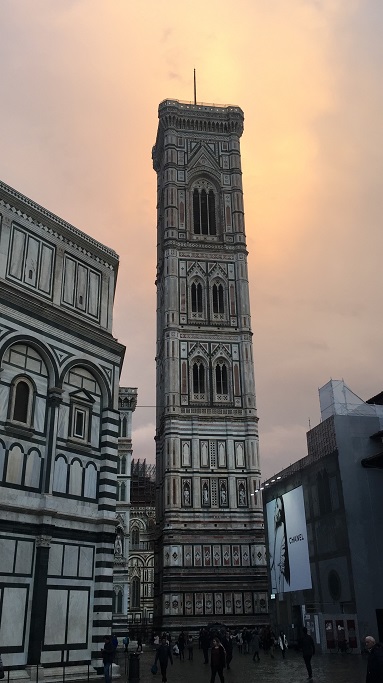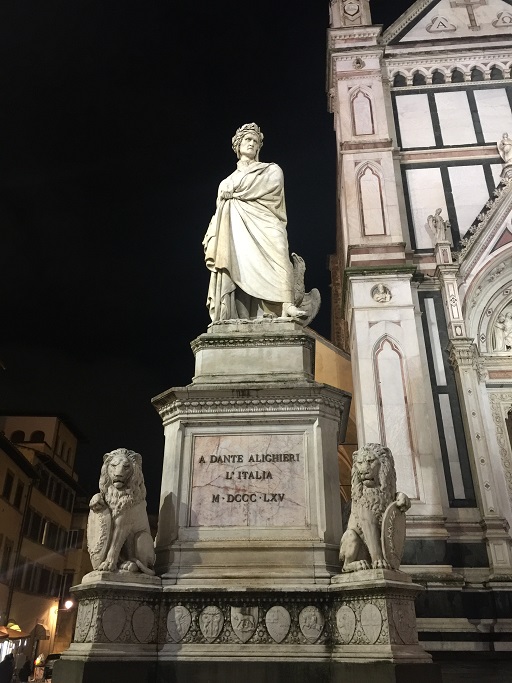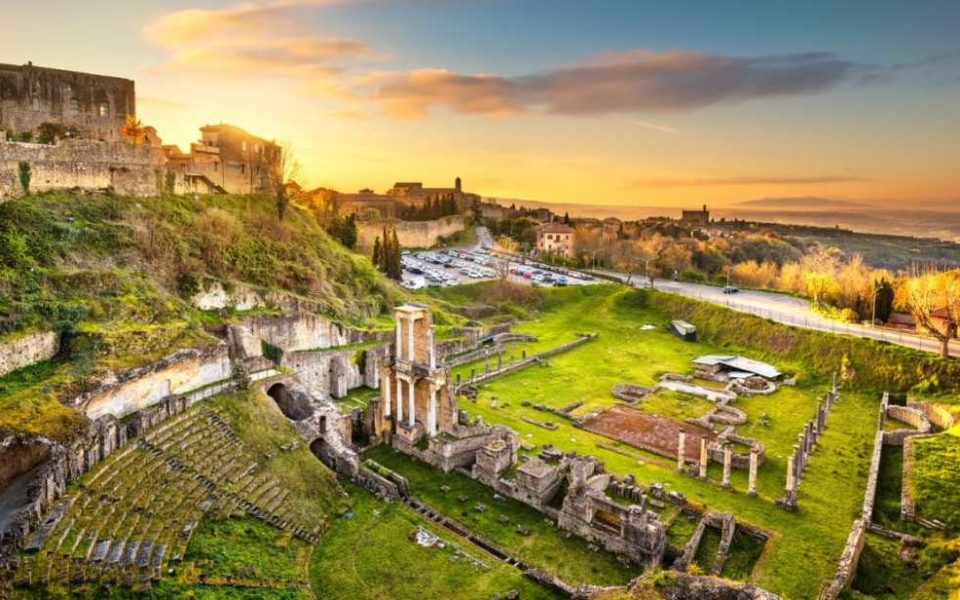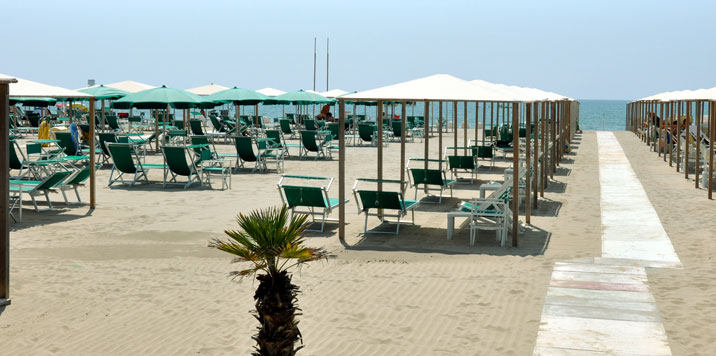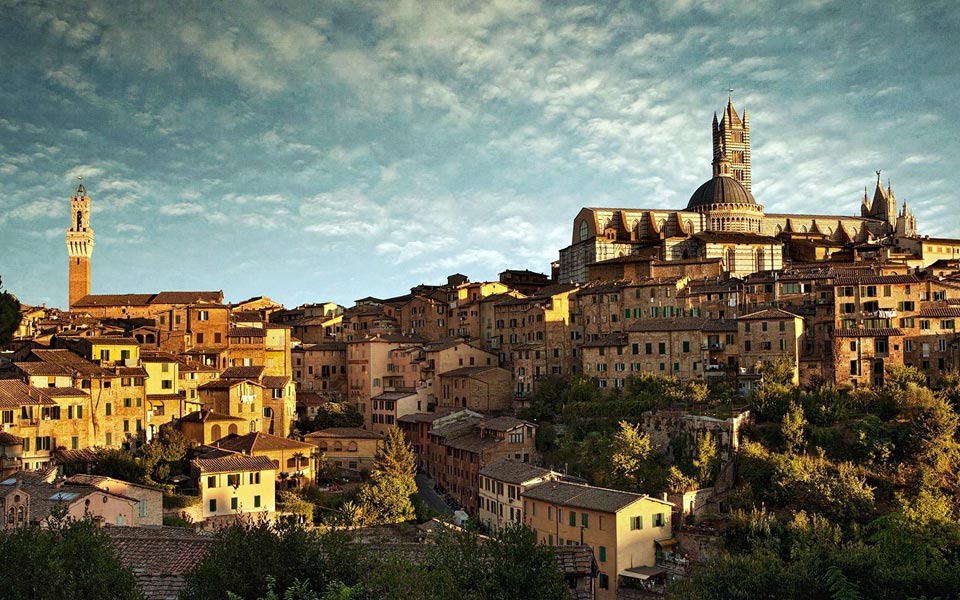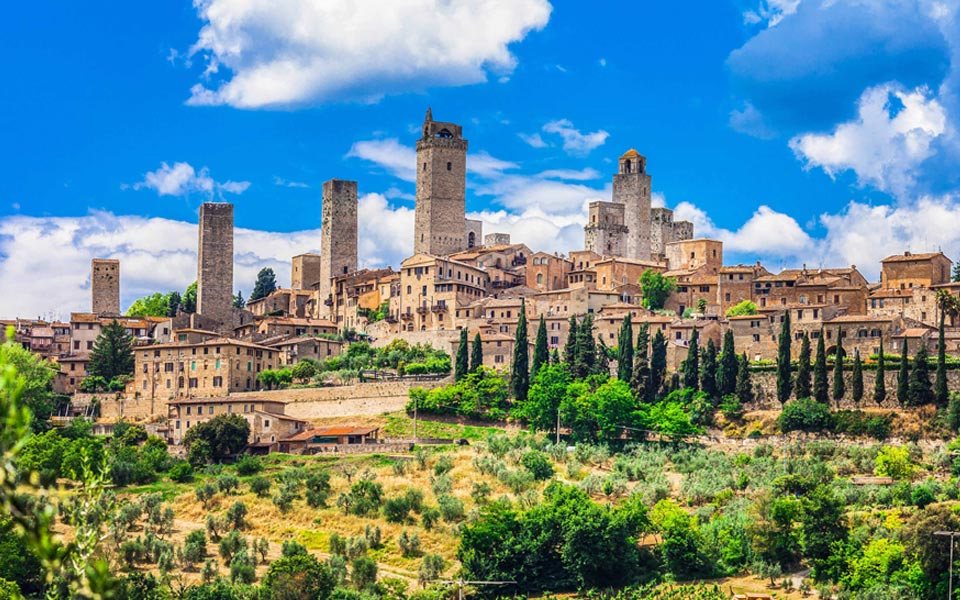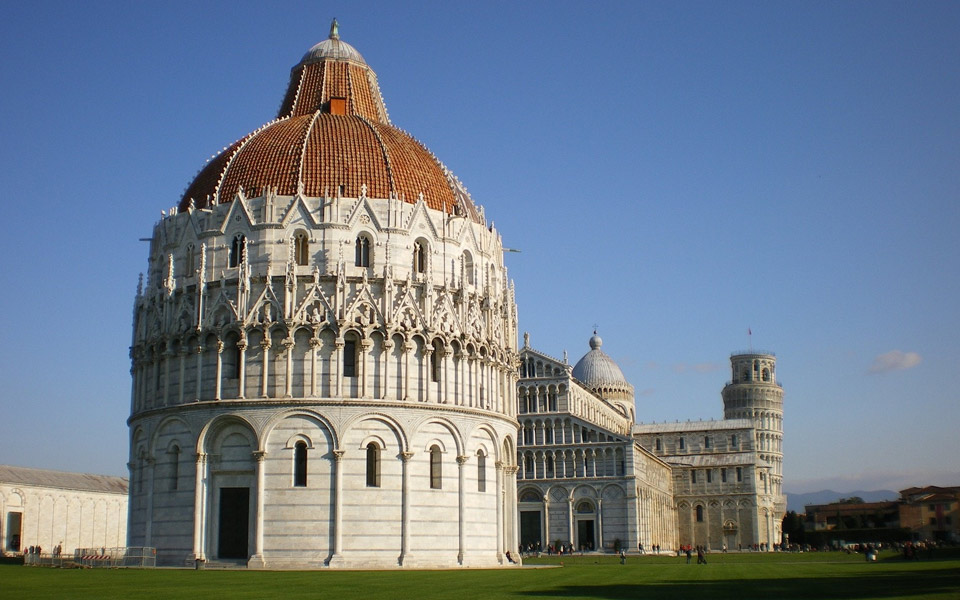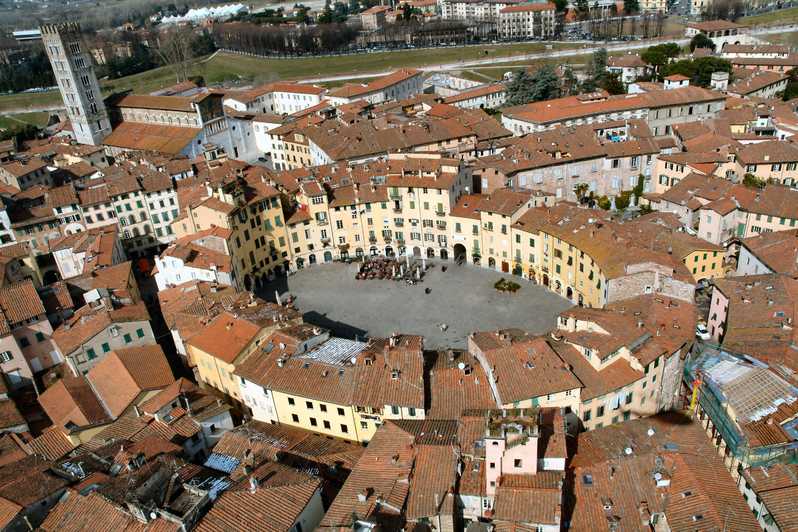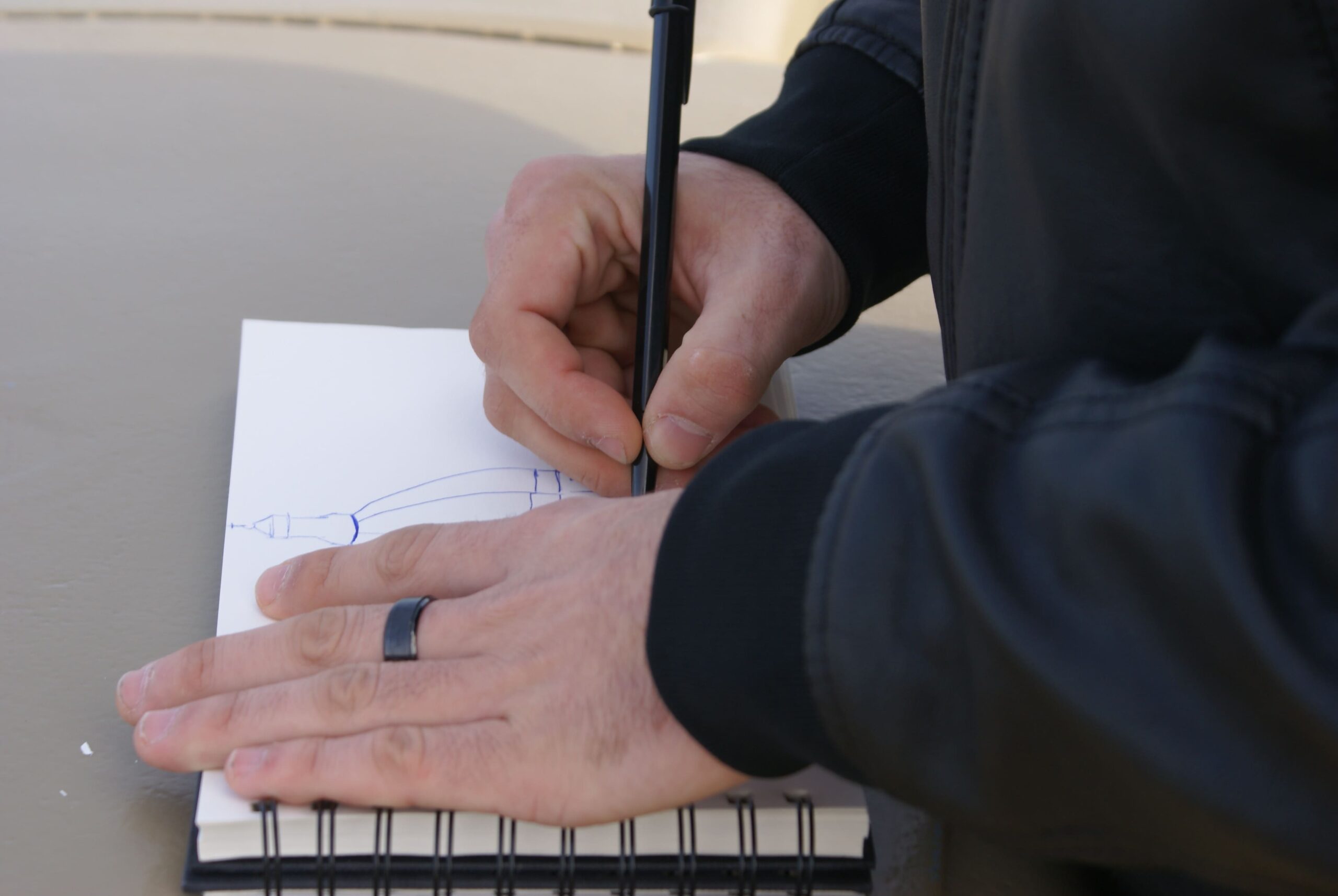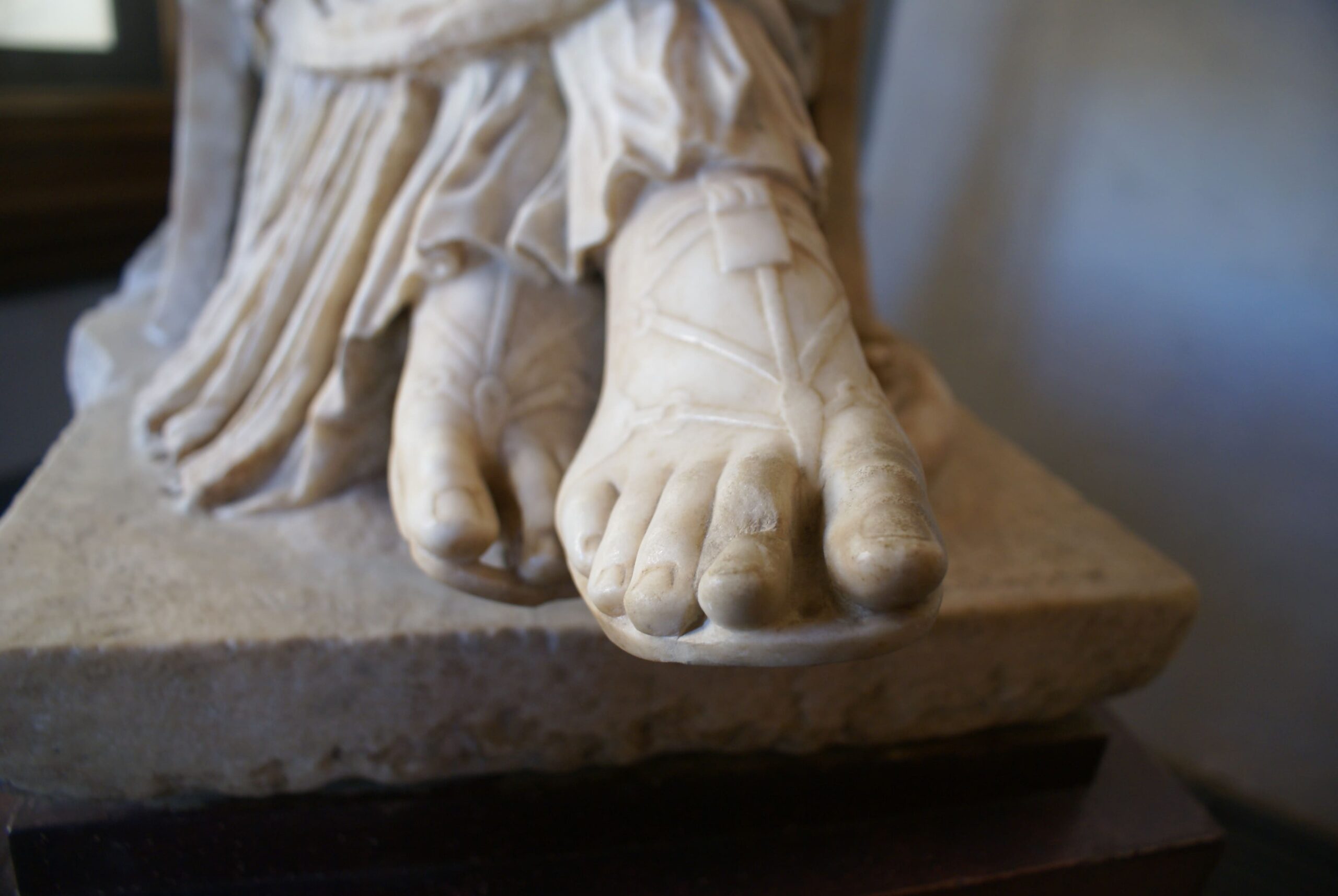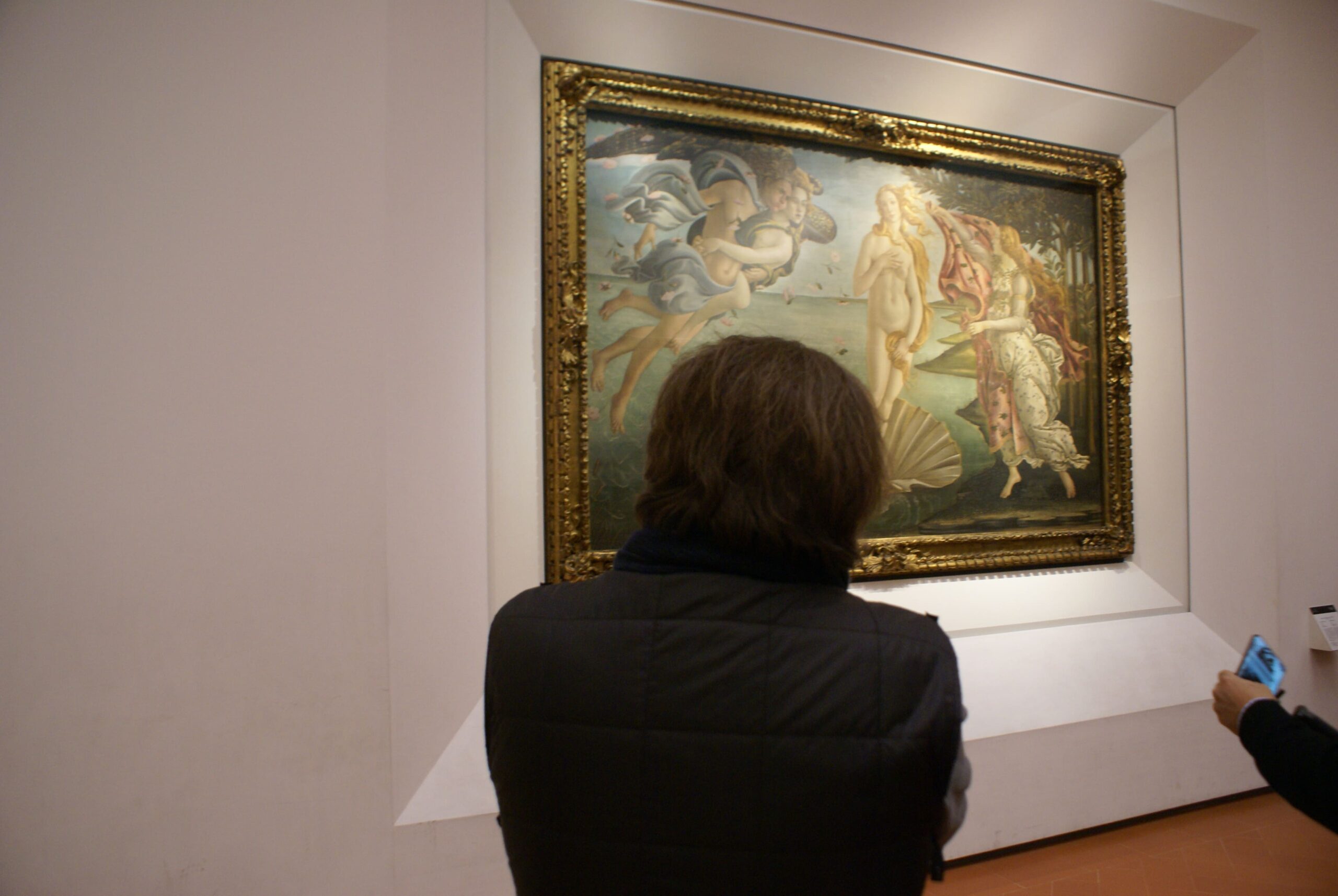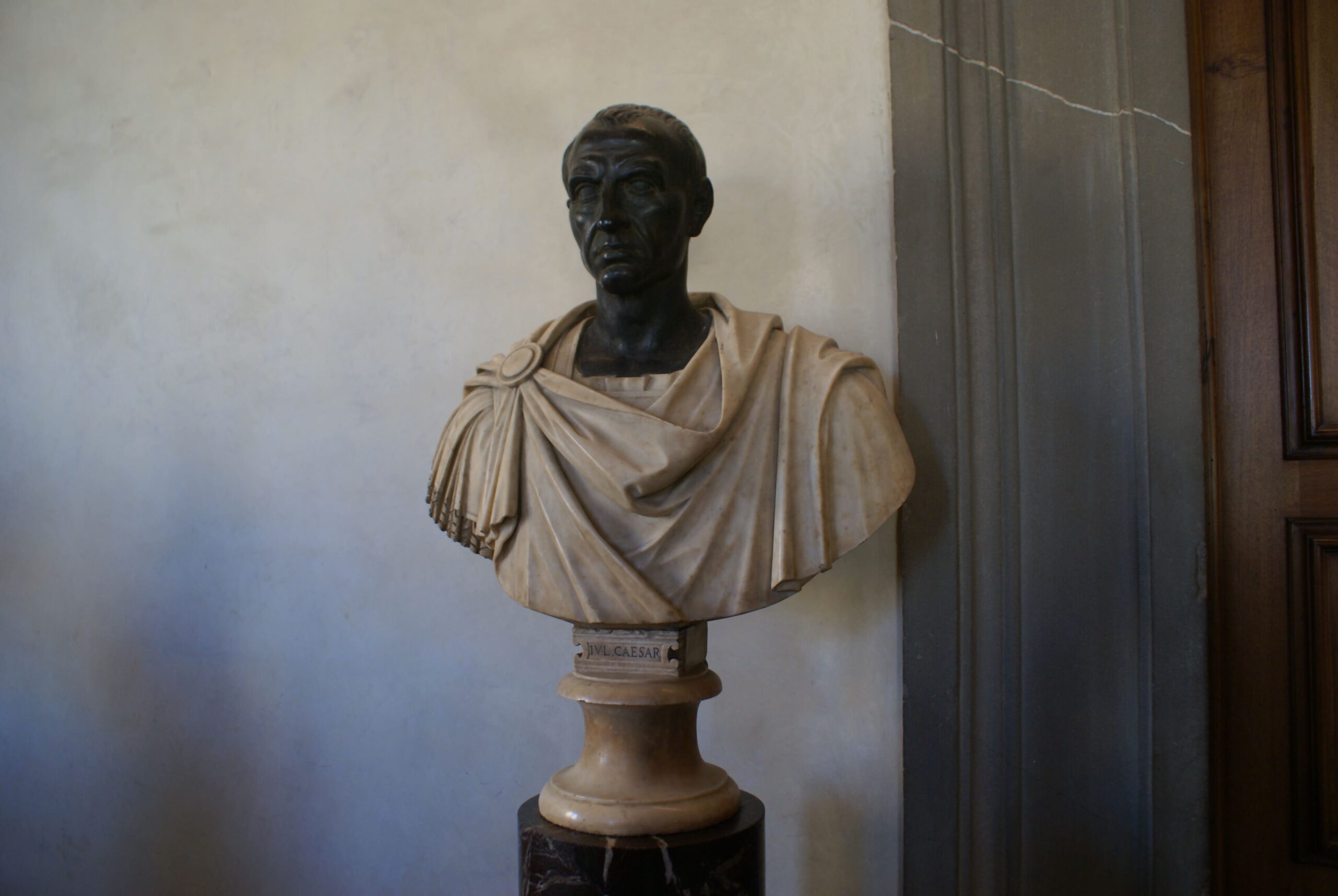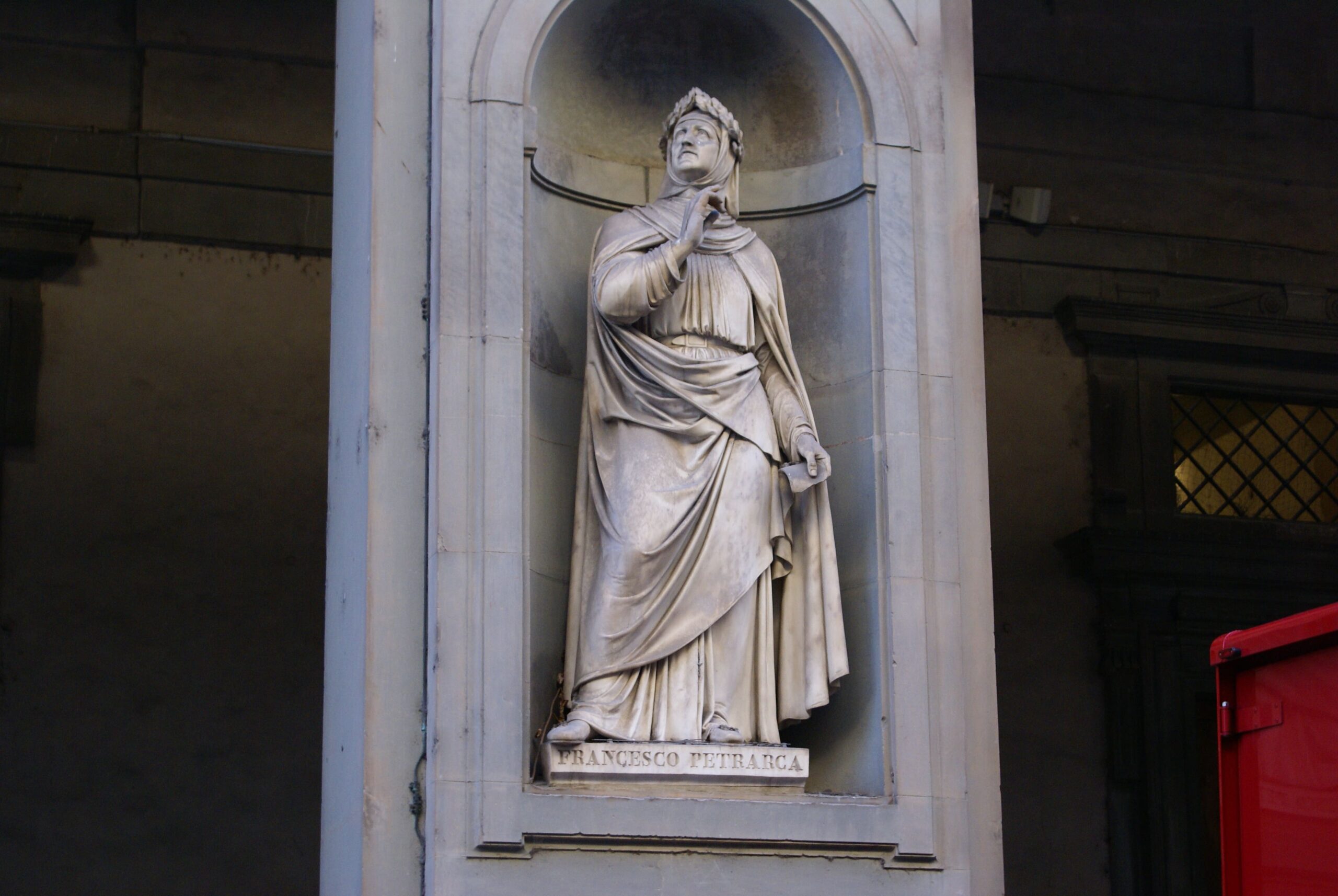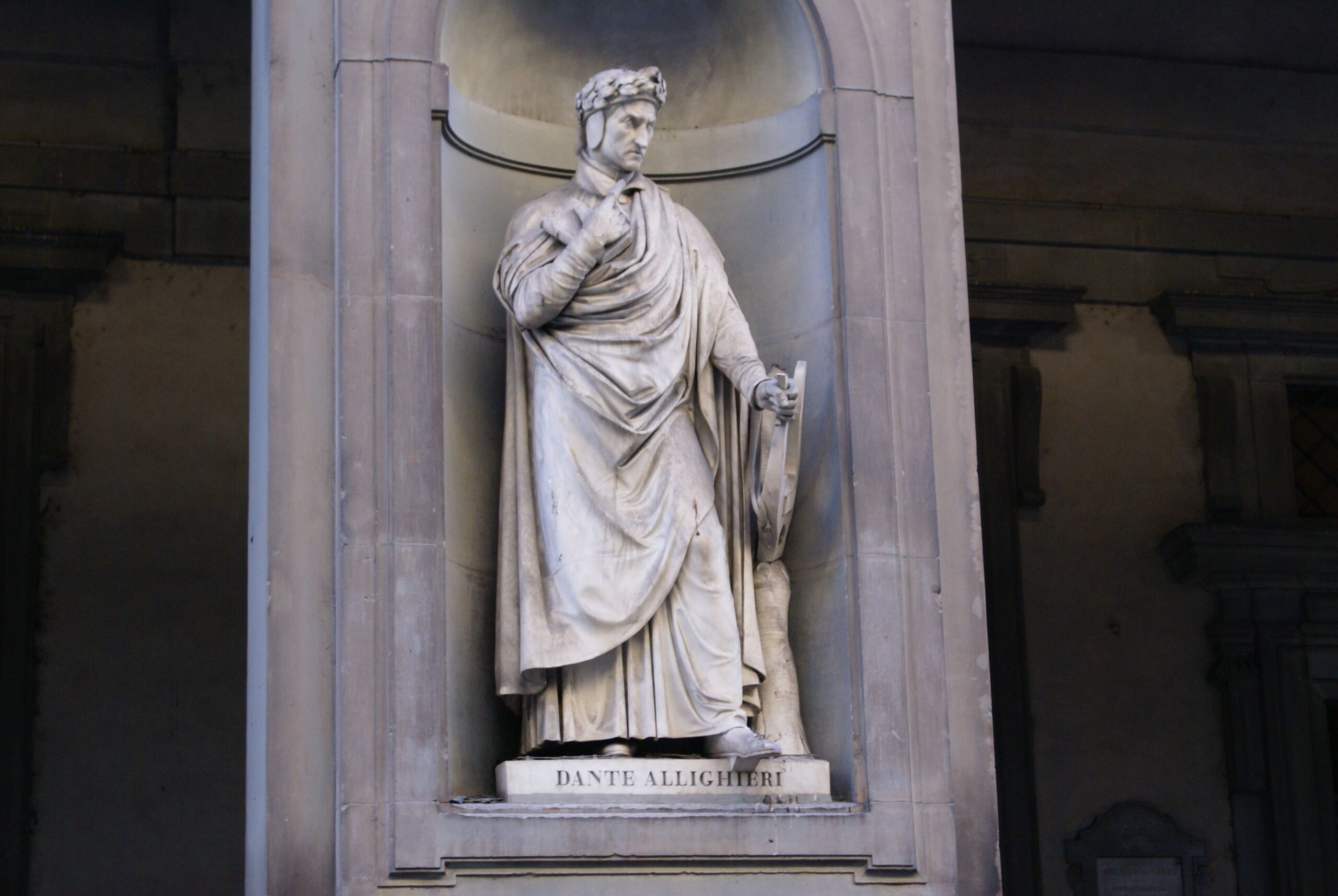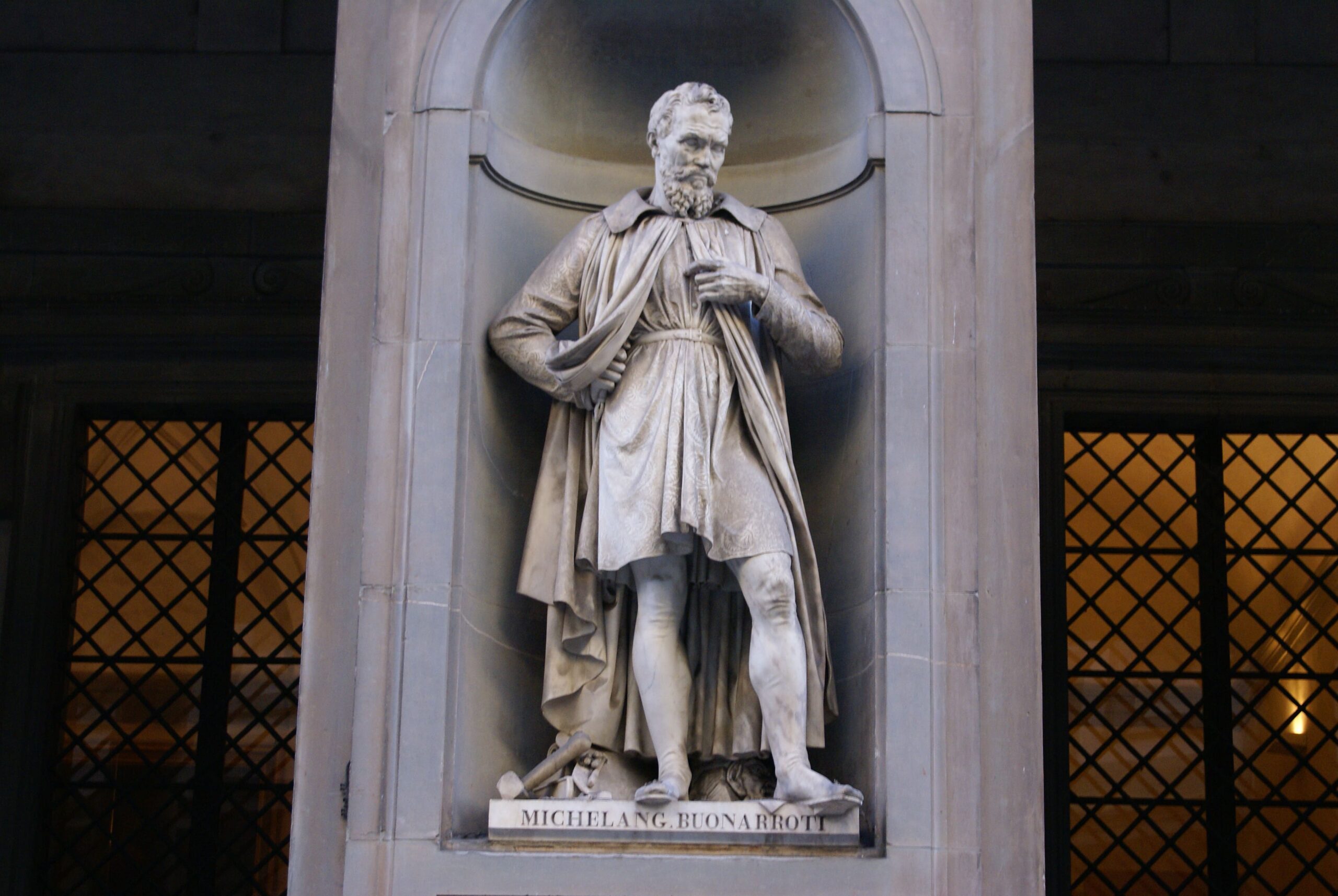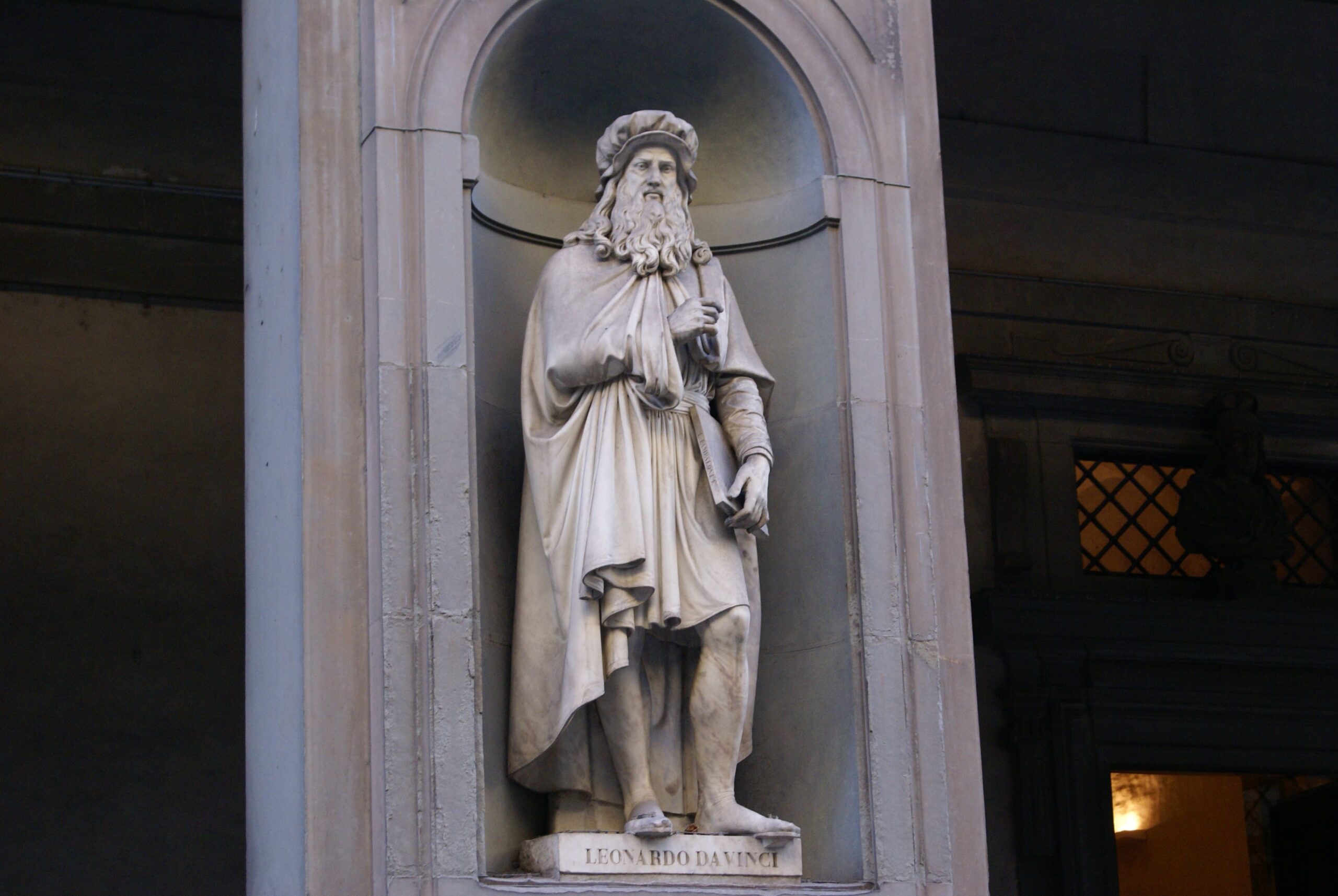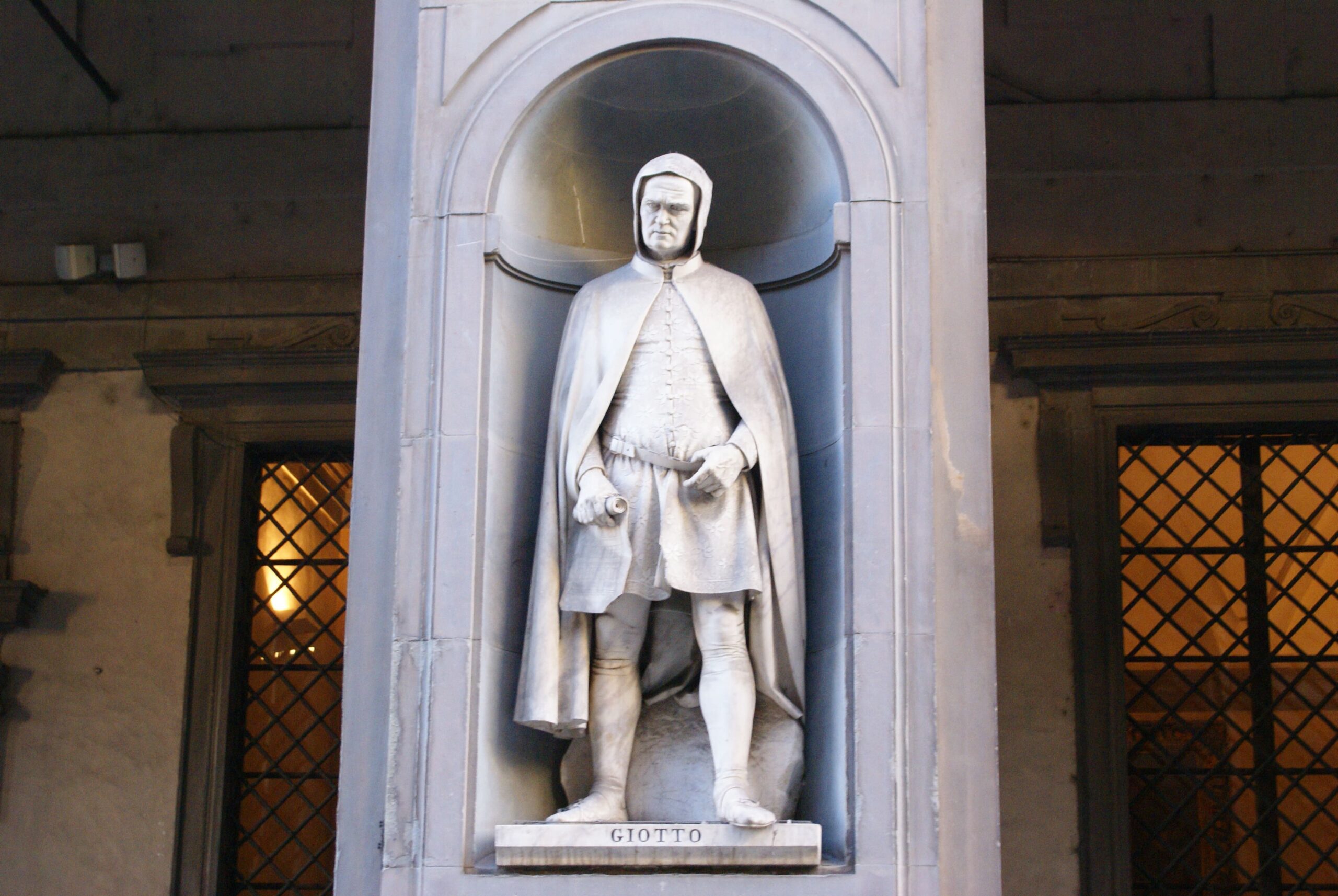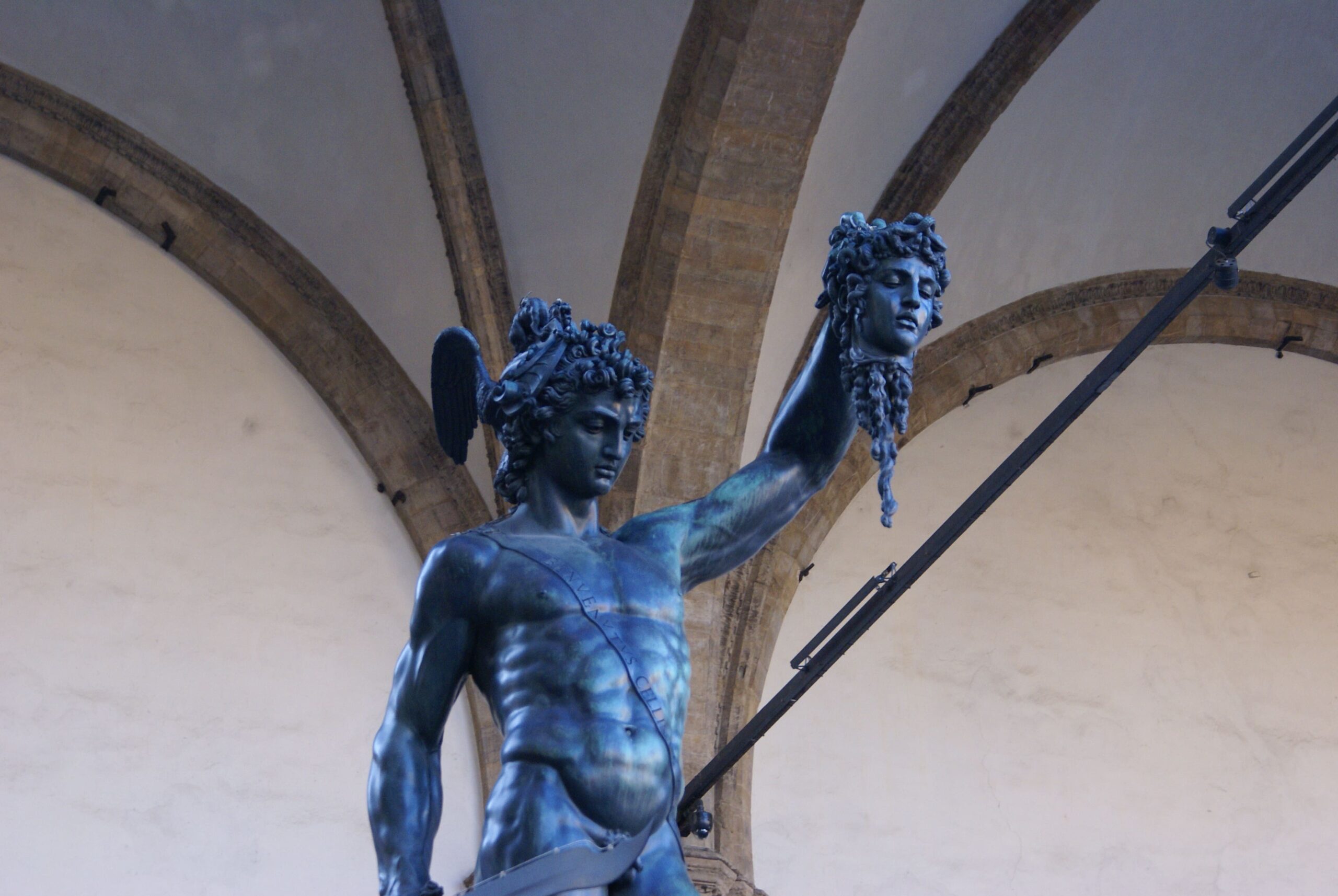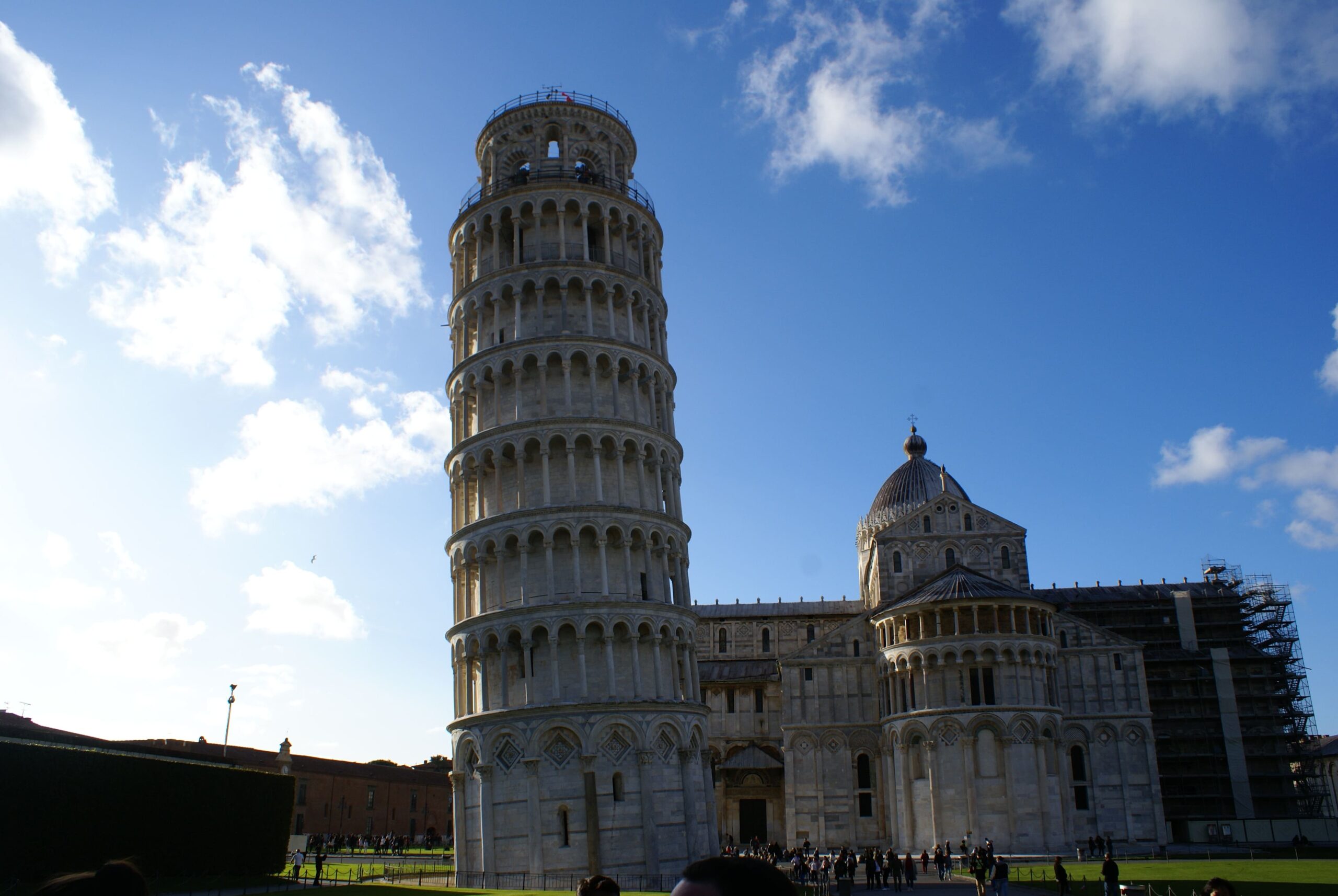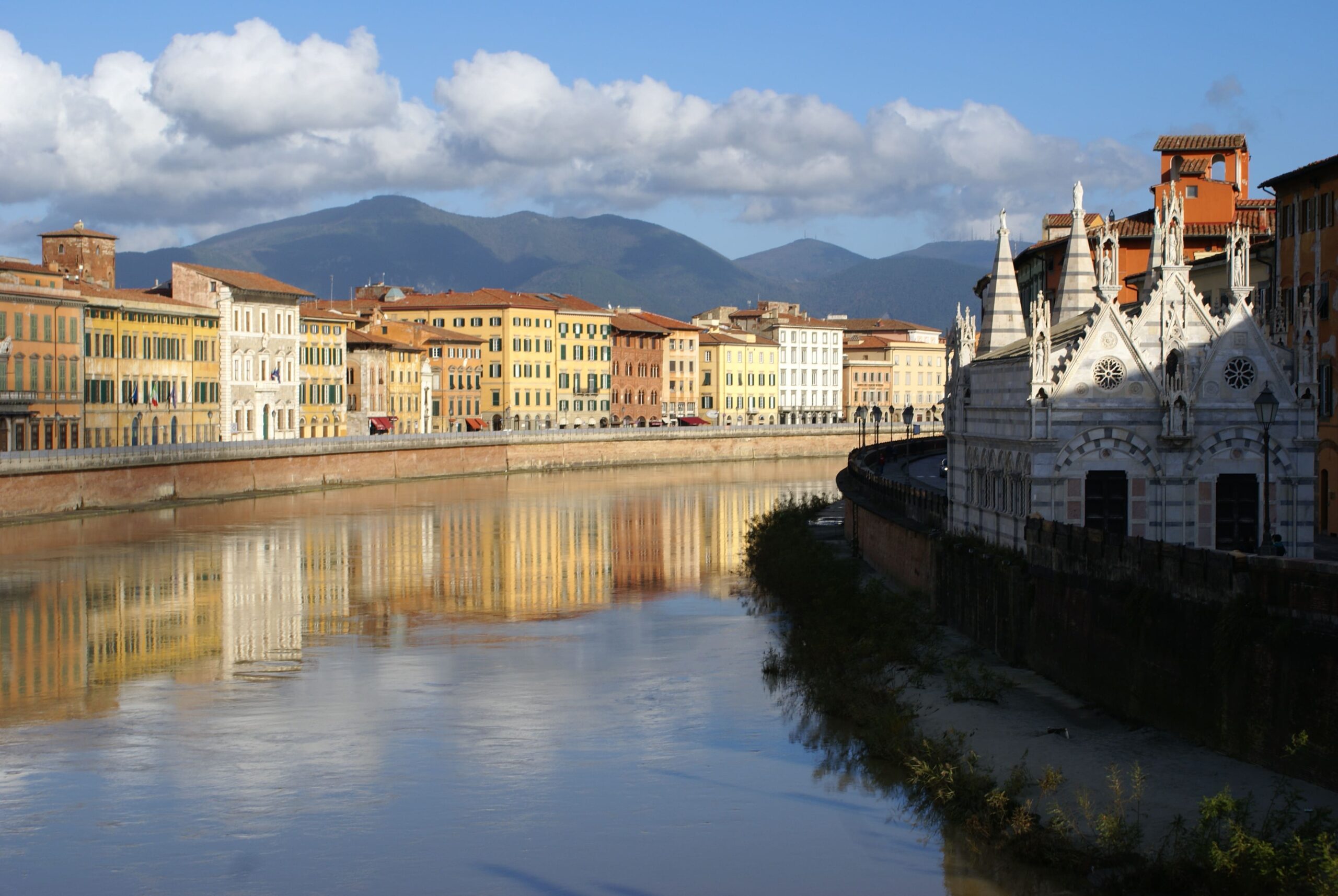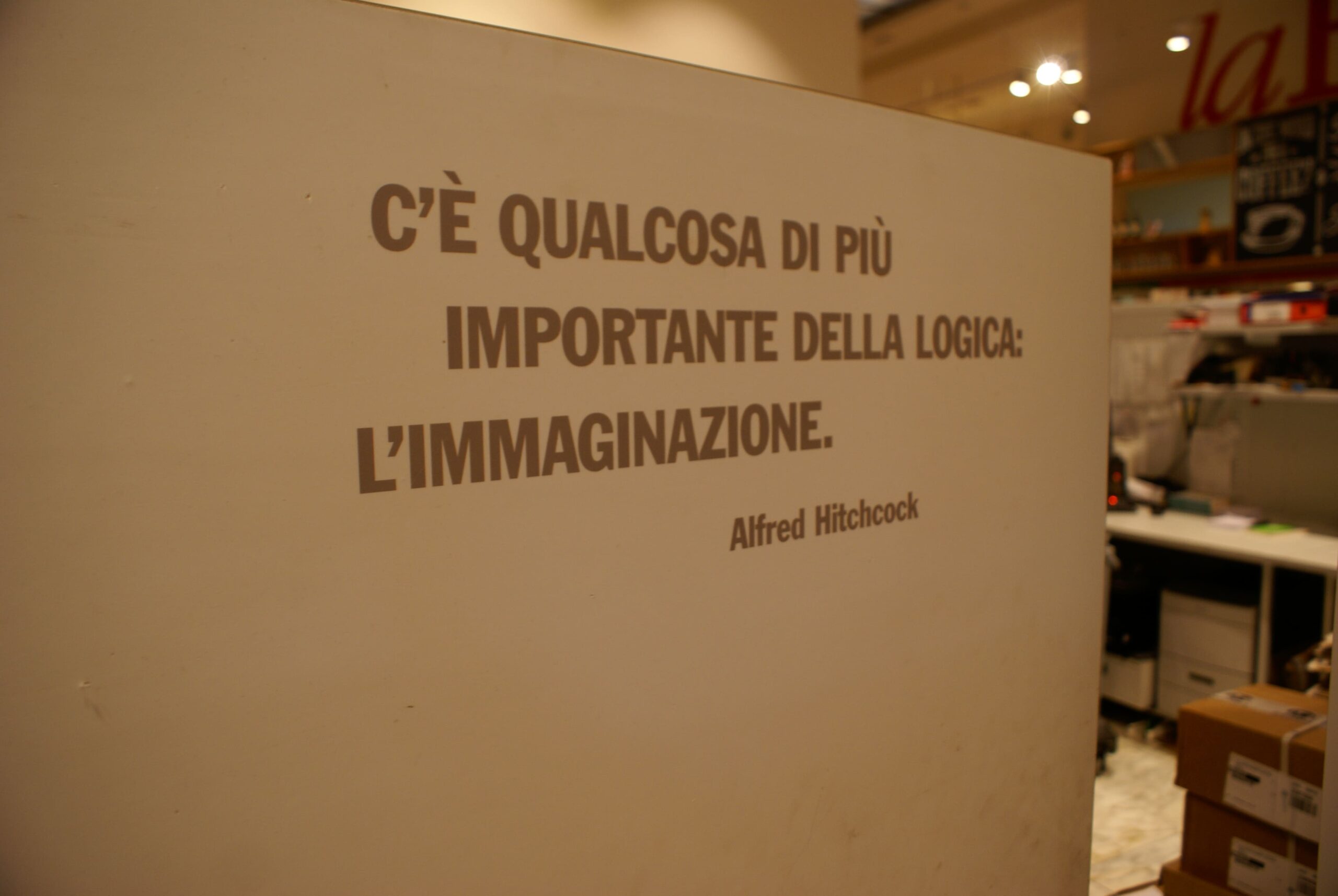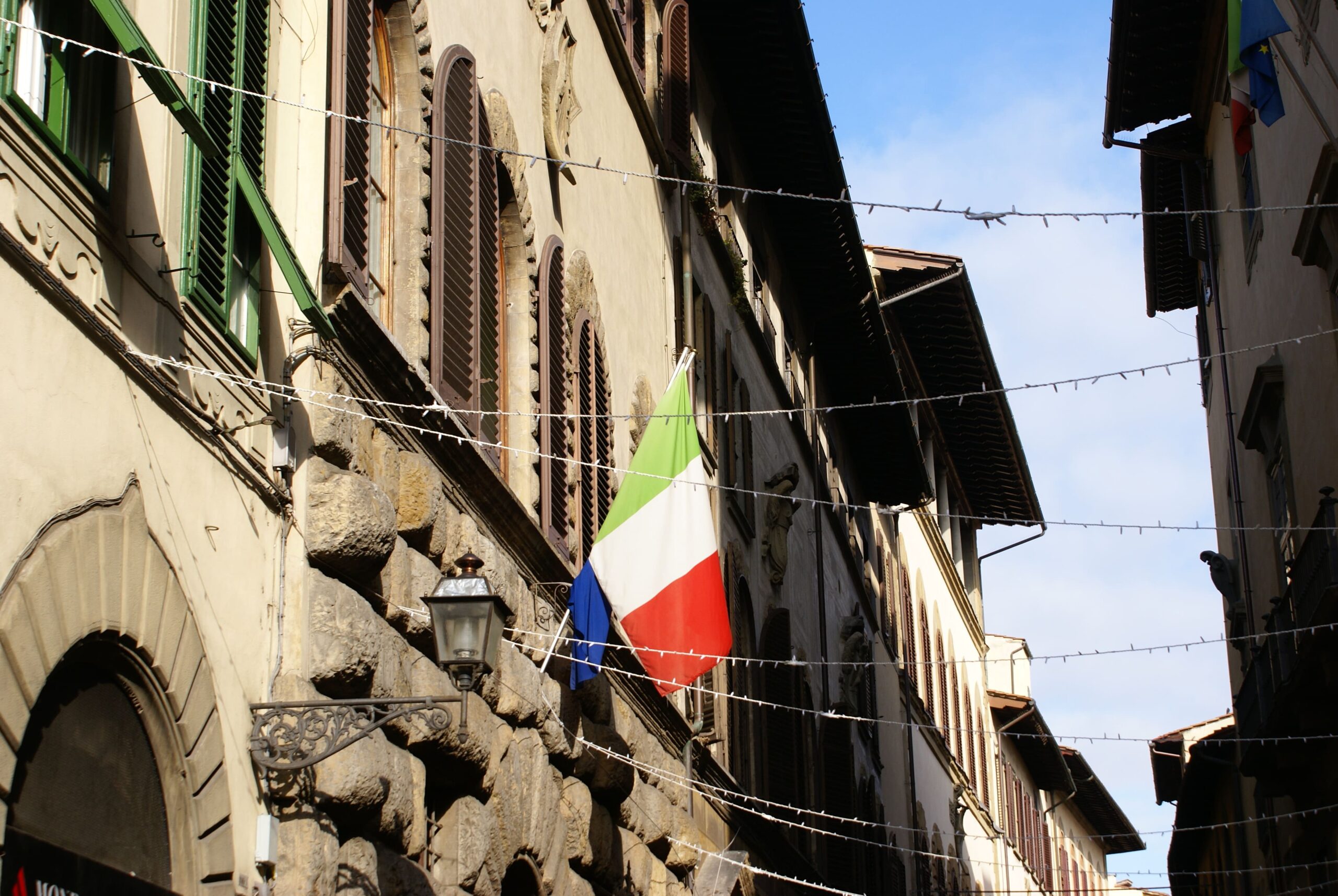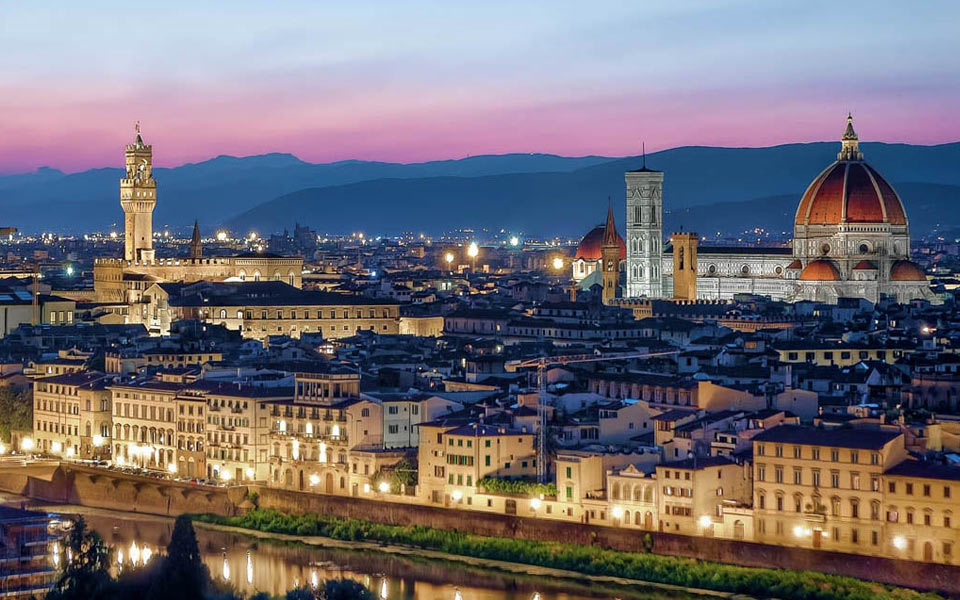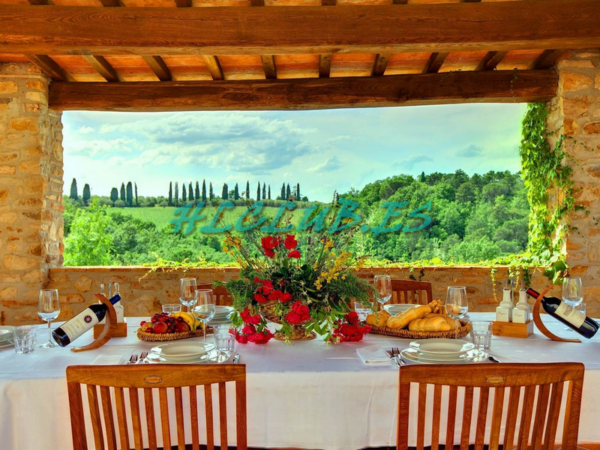Val di Pesa-Florencia-Pisa-Siena-San Gimignano-Lucca-La Versilia
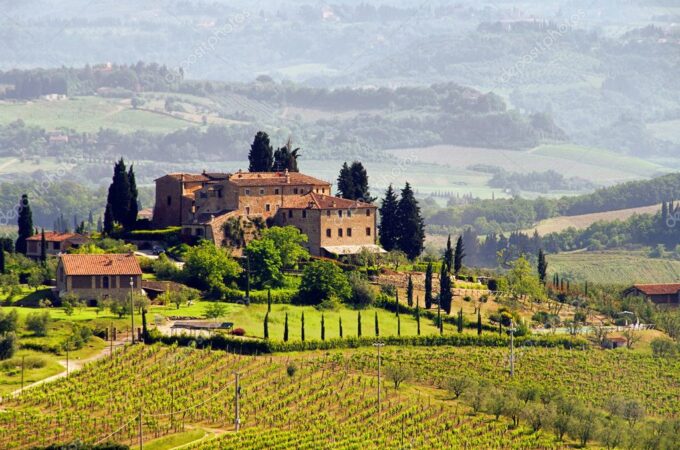
Florence
Florence, the Tuscan capital, is home to many masterpieces of Renaissance art and architecture. One of the most famous places is the Duomo, the cathedral with a tiled dome designed by Brunelleschi and Giotto’s bell tower. The Accademia Gallery exhibits the sculpture of David by Michelangelo, while the Uffizi Gallery are the Birth of Venus by Botticelli and the Annunciation by Leonardo da Vinci.
The heart of Florence is the Piazza della Signoria , with the majestic Palazzo Vecchio, with a gallery of sculptural masterpieces in the Loggia dei Lanzi and the nearby Uffizi Gallery, one of the most famous art museums of the world. Not far away is the religious center of the cathedral of Santa Maria of the Fiore, the majestic dome (the largest ever built). At the time of the Grand Duchy, it was said that with his shadow covered the whole Tuscany. The enormous Cathedral is beautifully accompanied by Giotto’s Bell Tower, one of the most beautiful in Italy, and the Baptistery of San Giovanni with its famous bronze doors among which the Golden Gate of Paradise. Florence about 25 km
San Gimignano San Gimignano is a mountainous town in Tuscany situated southwest of Florence. Surrounded by walls of the thirteenth century, the centerpiece of its historical center is the Piazza della Cisterna, a triangular square flanked by medieval houses. On the horizon of the medieval towers is the Torre Grossa in stone. The Cathedral of San Gimignano is a church of the twelfth century where you can admire the frescoes by Ghirlandaio in the Chapel of Santa Fina.
San Gimignano rises on a place inhabited by the Etruscans, no doubt, the least the third century BC hill was chosen for strategic reasons, being dominant (324 m above sea level) above Val d’Elsa. On the slopes of Poggio of the Comune (624 m asl) are the ruins of Castelvecchio, a town of Lombard times. The first mention dates back to 929.
In the Middle Ages, the city was one of the main roads of the Via Francigena, which Sigerico, Archbishop of Canterbury, traveled between 990 and 994 and that for him represented the stage 19 (Mansio) your return route from Rome to England. Sigerico called Sce Gemiane, also pointing to the people as a point of intersection with the road between Pisa and Siena.
According to tradition, the name derives from the bishop saint of Modena, who defend the village of occupation of Attila. <br> San Gimignano 40 Km
Siena Siena, Tuscan city in central Italy, known for its medieval brick buildings. Piazza de Campo, the central square with its characteristic fan-shaped houses the Palazzo Pubblico (the Gothic town hall) and the Tower of the Mangia, a tower slender of the fourteenth century with its white battlements offering a magnificent view. Seventeen historic districts (the districts of the city) extend from the square
The first known document of Siena community dates back to 70. Senator Manlio Patruito told Rome that he was beaten and ridiculed with mock funeral during his official visit to Saena Iulia, a small military colony of Tuscia. The Roman Senate decided to punish the culprits and severely remember to respect the Sienese over to the Roman authorities.
Siena 60 Km Colle Val d’Elsa
Colle di Val d’Elsa is a city Italian of 21,604 inhabitants in the province of Siena in Tuscany. It is the 83rd town of Tuscany by surface. It is perched on the oldest part on a high hill.
From many important archaeological finds dating from the fourth millennium BC, the first documents which testify of Colle di Val d’Elsa dating from the tenth century, but only later, between the eleventh and twelfth centuries, the city acquired the identity However, there are numerous testimonies of the area dating back to the Etruscan era, as the necropolis of Dometaia and Le Ville.
history and identity of Colle di Val d’Elsa are born and develop, together with the other cities of Alta Valdelsa (San Gimignano, Poggibonsi and Casole d’Elsa), in the shadow of ecclesiastical and civil lords. Do not forget that in the Alta Valdelsa Via Francigena and its variants spent bringing a considerable amount of traffic to goods and men and, therefore, guaranteeing a secure income.
Colle Val d’Elsa 30 Km
Pisa
Pisa is an Italian town in Tuscany best known for its famous leaning tower. Whether it off the table when it was completed in 1372, the cylinder of white marble 56 m high is only the bell tower of the Romanesque cathedral marble is the side in the Piazza dei Miracoli.
Same square hosts the monumental Camposanto and the Baptistery, where all non-professional singers days are tested with its famous acoustics.
the origins of the place name Pisa are completely uncertain. No históricoes foundation history of the founding of Pisa by Achaean warriors, as reported by some ancient historians: for this reason, the name goes back to the Greek city namesake of Ilia in the Peloponnese, whose inhabitants, led by Pelops they founded the Tuscany Pisa after the Trojan war. For this reason, Pisa is nicknamed the city alfa (of the Alpheus in Elis).
The origins of the city are very old, with a settlement dating from the time of Villanova. In Roman times, the town became a municipality after the social war and a colony with the name of Colonia Iulia Pisana Opsequens.
Pisa Volterra 70 Km
The city, famous for the extraction and processing of alabaster, was one of the main city-states of ancient Tuscany (Etruria), it was the site in the Middle Ages of an important episcopal manor which had jurisdiction over much of the hills of Tuscany.
today it conserves a remarkable historical center of Etruscan origin (the Porta all’Arco, beautifully preserved, the Porta Diana, retaining blocks of the jambs, most of the walls, built with local stone blocks cyclical, ‘Acropolis, where are the foundations of two temples, several buildings and some tanks, numerous hipogeos used for the burial of the dead), Roman ruins (including the Chamber theater) and medieval buildings like the Cathedral, the Medici Fortress and Pala zzo dei Priori on the square of the same name, the nerve center of the city.
Lucca
famous for its historical monuments, the unique historical center in preserving structures of several ancient times and, above all, intact walls of the sixteenth century, is a remarkable city of art in Italy. Officially of Roman origin, but probable previous settlements, Lucca, city of merchants and weavers, maintained its independence as an independent state for centuries until 1799, when the former Republic was supplanted after the French conquest by Napoleon’s troops. Giving life to the Principality of Lucca and then to the Duchy Bourbon Lucca.
closely linked to tourism, live much thanks to industry and small and medium (important national companies are paper mills scattered throughout the Province). In recent years there have been houses of good quality wine, especially in the area of Montecarlo (DOC) and the hills surrounding the city.
Versilia
The Versilia is the northwest part of Tuscany, in the province of Lucca, bounded to the north by the river Seravezza and to the south of the ancient fortress of Motrone, including the municipalities of Pietrasanta, Forte dei Marmi, Seravezza, Stazzema. Today, commonly used, also it includes Camaiore basin and the coastal plain that stretches to Viareggio.
The coastal bank has a strong tourist vocation with an extensive sandy coastline and a vibrant social life. Some municipalities, particularly Pietrasanta, have focused much on cultural tourism, which has led to a highly diversified tourism in the area compared with the past, which essentially seeking relaxation and offline entertainment.
| Country | Italia |
|---|

